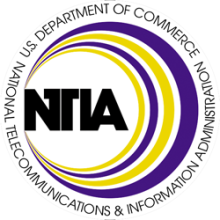Is Your City Allowed to Close the Digital Divide During the Pandemic?
As the pandemic drags on, local governments across the country are looking for ways to connect their residents, who need better Internet access for everything from online education to annual taxes to telehealth appointments. But 19 states still place restrictions on cities and counties that want to invest in broadband expansion, hamstringing their ability to address urgent connectivity needs.
To help people figure out if their community is able to take action, we worked with the Local Solutions Support Center (LSSC) to develop a step-by-step guide for local officials and advocates. The guide includes the various considerations communities must make when developing a Covid-19 broadband response, including the extent of local government authority, state legal restrictions, and declaration of emergency powers.
LSSC describes the guide:
As the coronavirus pandemic spreads, local elected officials and advocates alike are asking what they can do for their communities across a range of policies — including to ensure that everyone has broadband Internet access available. This guide can help you determine whether your community has the authority it needs to adopt a particular policy.
View the guide on LSSC’s website or download the PDF below.
“What’s the Policy?”
The guide takes people through the following questions and action steps:




